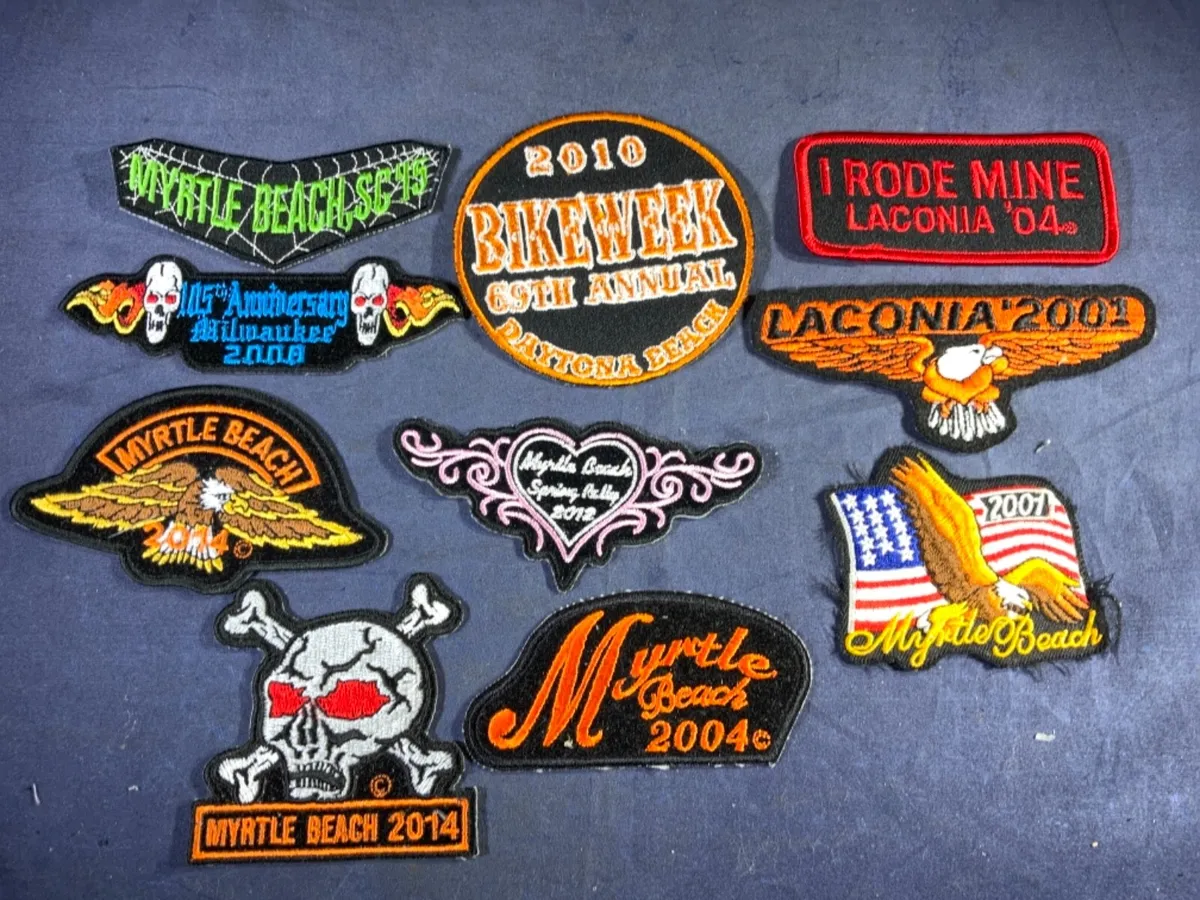Custom patches have long been more than mere fabric adornments; they are vibrant emblems of identity, community, and creativity. From military uniforms to motorcycle clubs, custom patches serve as symbols of belonging, pride, and personal expression. This essay explores the multifaceted world of custom patches, delving into their history, the artistry involved in their creation, and their cultural significance.
A Historical Perspective
The use of patches can be traced back to ancient civilizations, where they were used to denote rank and affiliation within societies. However, it was in the military that patches truly found their place. During World War I, military units began using embroidered patches to identify different divisions and regiments. These patches not only helped in organizing troops but also fostered a sense of camaraderie and pride among soldiers.
As time progressed, patches moved beyond military use and entered various aspects of civilian life. The 1960s and 1970s saw an explosion in the popularity of patches, especially within counterculture movements. Hippies and protestors used patches to convey messages of peace, love, and resistance. Meanwhile, motorcycle clubs adopted patches to signify membership and allegiance, creating intricate designs that became iconic symbols of their groups.
The Art of Custom Patches
Creating a custom patch involves a blend of artistic skill and technical proficiency. The process begins with a design, often created digitally today, that must be translated into an embroidered format. This translation is crucial, as the texture and threadwork can dramatically affect the final appearance of the patch.
Embroidery machines, though technologically advanced, require precise input to produce high-quality patches. The selection of thread colors, the type of stitching, and the density of the embroidery all play significant roles in the final product. Some patches incorporate multiple types of stitching, such as satin stitch for smooth areas and fill stitch for more textured parts, to add depth and dimension to the design.
Moreover, the choice of materials can vary. Traditional patches are often made with twill fabric, known for its durability and ability to hold intricate embroidery. Modern innovations have introduced other materials such as PVC and woven labels, each offering unique textures and applications. The backing of the patch, which can be iron-on, sew-on, or adhesive, also affects its usability and durability.
Cultural Significance and Personal Expression
Custom patches have evolved into powerful tools for personal and group identity. They can convey a wide range of messages, from political statements to expressions of personal interests and achievements. In the world of fashion, patches have become a trendy accessory, allowing individuals to customize their clothing and accessories with unique designs.
For organizations, patches serve as a cohesive element that unites members. In sports teams, for example, patches signify team spirit and achievement. Boy Scouts and Girl Scouts earn patches for completing tasks and learning new skills, proudly displaying their accomplishments on their uniforms. Similarly, corporate entities and clubs use patches to create a sense of unity and belonging among their members.
Motorcycle clubs are perhaps the most iconic bearers of custom patches. The “colors” worn by club members are not just patches but sacred symbols of their affiliation and status within the club. The designs are often elaborate, incorporating the club’s insignia, chapter location, and the member’s rank. These patches are worn with immense pride and are fiercely protected symbols of the club’s identity and history.
The Social Impact
Beyond personal and group identity, custom patches also have broader social impacts. They can be used to raise awareness for causes, commemorate events, or celebrate cultural heritage. For instance, patches created for charity events or social movements can help spread important messages and generate support.
In recent years, patches have also found a place in the world of streetwear and high fashion. Designers incorporate patches into their collections to create bold, statement pieces. This trend not only revives the traditional art of embroidery but also brings it into contemporary contexts, blending old techniques with modern aesthetics.
The Future of Custom Patches
As technology advances, the possibilities for custom patches continue to expand. Digital embroidery machines allow for more complex and precise designs, while new materials and techniques offer even greater creative potential. Moreover, the rise of online platforms has made custom patches more accessible to a broader audience. Individuals and small businesses can now easily design and order custom patches, bringing their unique visions to life.
In conclusion, custom patches are much more than decorative items. They are rich with history, steeped in tradition, and imbued with personal and cultural significance. Whether worn on a military uniform, a biker’s jacket, or a fashion accessory, patches serve as powerful symbols of identity and expression. As both an art form and a means of communication, custom patches will undoubtedly continue to evolve, leaving their mark on society in ever more creative and meaningful ways.

